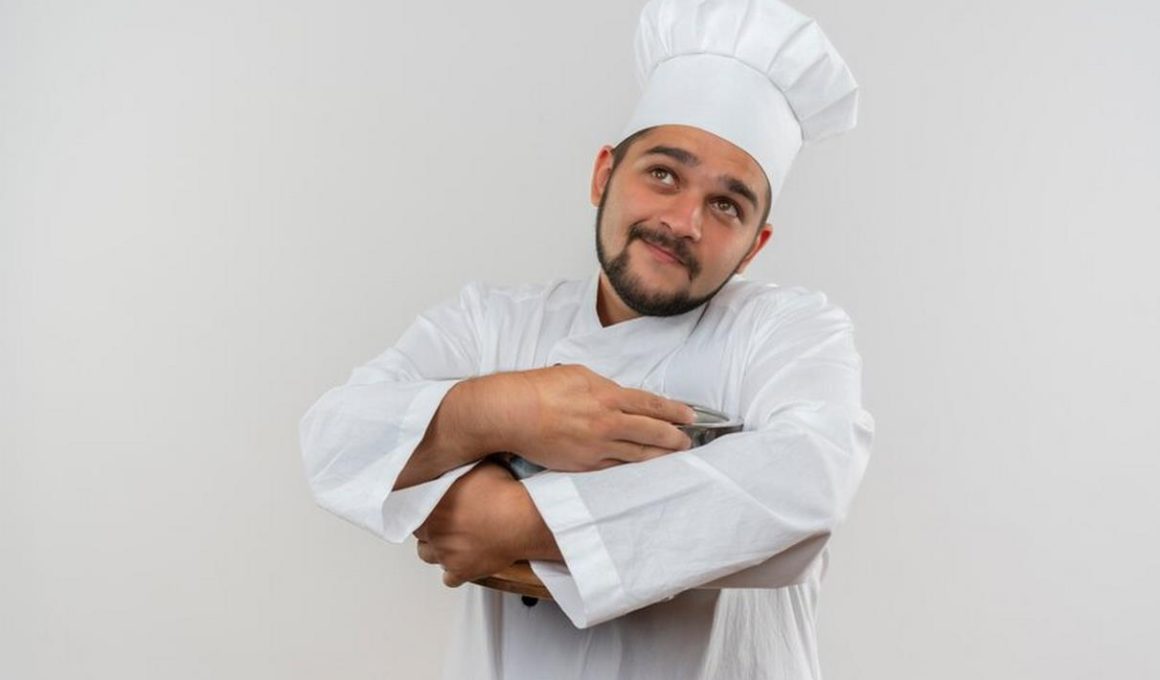Using fresh herbs and garlic cloves is a great way to enhance the taste of salmon while cooking it. Another option for cooking salmon is to bake it in a high-temperature oil. You can reduce cooking time by covering the fish with foil. In addition, you can also grill the fish, skin side up. This method reduces the cooking time and yields delicious results. But before you get started, learn more about the different methods of cooking salmon to ensure you cook it properly.
Fresh herbs and garlic cloves are great for cooking salmon
Adding fresh herbs and garlic cloves is an excellent way to flavor your salmon dish. You can mince them and add to your sauce. To give your salmon a savory flavor, add fresh herbs and garlic cloves to your pan. Sprinkle salt and pepper to taste. Cook the salmon for 15 to 20 minutes, depending on the thickness. The interior should be flaky when tested with a fork. You can also broil your fish to brown the garlic.
Make sure that you don’t overcook your salmon, as it will continue cooking while resting. Roasted lemons and garlic cloves are also great for cooking salmon. Make sure you don’t roast the lemons too much, or else your fish will overcook. Roasting lemons gives your salmon a tangy, fresh acidic flavor. Be careful not to burn your hands if you handle them, because they’re hot. And be sure to use fresh herbs and garlic cloves, as they will add a flavorful, earthy flavour to your dish.
Baking salmon in foil reduces cooking time
If you want a quick and easy way to cook salmon, consider wrapping it in foil. This will reduce cooking time and will keep the salmon moist. After it’s cooked, store the salmon in an airtight container and it should keep in the refrigerator for three to four days. You can also freeze it for up to six months. If you’d rather cook your salmon ahead of time, you can use a foil packet to keep it fresh for up to a month.
The great thing about this method is that it’s quick, easy, and healthy! Salmon is a good source of protein, with high levels of omega-3 fatty acids that help lower blood pressure and reduce inflammation. It’s also full of essential vitamins and macronutrients. Another benefit of foil-baked salmon is that it can be assembled in minutes and eaten immediately. You can even reheat it in the microwave.
Grilling salmon skin-side down
When you’re grilling salmon, it’s best to cook it skin-side down to prevent it from sticking to the grates. There are a few key tips to follow when grilling salmon so that it doesn’t stick to the grates, overcook, or fall apart. Keep reading to learn more! Read on to learn how to grill salmon skin-side down. Here are some simple tips to get your fish grilling-ready!
Make sure that the salmon fillets are well-oiled before placing them on the grill. This will create a thin polymer layer between the fish and the grate. It will also help the salmon release from the grill more easily once the crust forms. Even though most salmon recipes call for grilling it skin-side-down first, it’s worth it to flip the salmon after the grilling process to achieve the least amount of sticking and beautiful grill marks.
Baking salmon in high-temperature oil
When it comes to baking salmon, thickness does not matter, but the type of fish that you choose will affect the cooking time. You want to buy firm, pink-orange salmon. You can choose to cook whole salmon fillets or individual fillets, but large fillets will need to be baked in a sheet pan. It will take longer to cook large fillets.
For the most crispy skin, pan-seared salmon is the best option. If you prefer a more delicate skin, you can also try baking the fish in the oven. It comes out moist and tender, and the flavor is far less overwhelming than when you fry it in oil. As a bonus, baking salmon also produces less grease than frying. Despite the low-calorie nature of baking, this healthy option is still a great choice.
Baking salmon on a wooden plank
To cook salmon on a wooden plank, you’ll need to know how to cook it at the correct temperature. First, you’ll need to soak your cedar plank in water for at least an hour. If you don’t have time to soak cedar planks, you can also freeze them and use them later. Just make sure you clean them with a kitchen towel before using them. You can also char them before using them, by warming them on the grill or bringing them to room temperature.
After soaking the plank, prepare the salmon. Rinse it thoroughly and pat it dry. Then, coat the salmon with a salmon rub. Fire & Flavor Salmon Rub is a no-fuss seasoning blend that includes ancho chili pepper, brown sugar, and salt. This rub is also Non-GMO Project Certified, gluten-free, and has a subtle smoky flavor that is perfect for fish.
Baking salmon skin-side up
There are several factors to consider when deciding whether to bake salmon skin-side up or skin-side down. The thickness of the fish, type of frying pan, and other ingredients will all determine the final result. If you are looking for the crispiest skin, cooking salmon skin-side up is the way to go. However, if you prefer the moist flesh and prefer to avoid the skin, then skin-side up may be the way to go.
To prevent the skin from sticking to the pan, sear the fish on its side at a high heat. It is also best to use a non-stick pan to prevent the fish from sticking to the pan. Cook the salmon until the skin is about 90 percent opaque. Once done, remove the skin and check the flesh for doneness. If the flesh is opaque, it’s ready. Cooking salmon skin-side up is an easy way to prepare this delicious fish.
Podobne tematy




